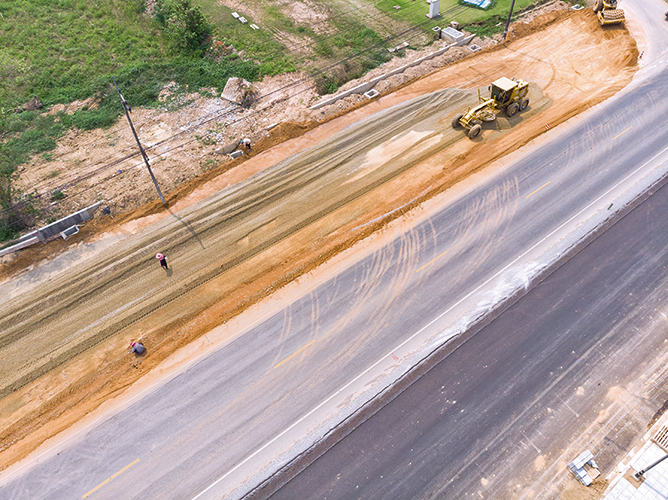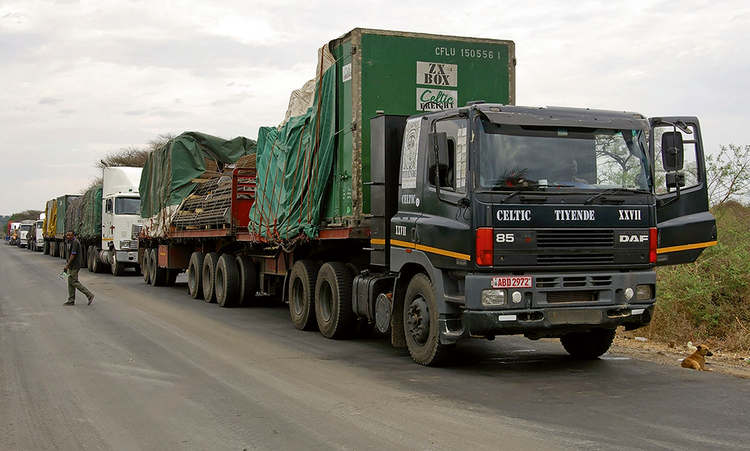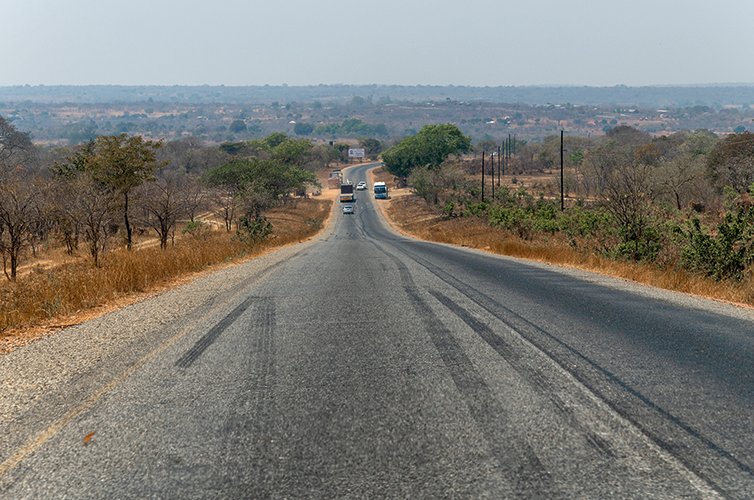To most of us, the Zambian road network is simply an interconnection of pathways that allows us to travel from one point to another. For the general motorist, these roads are made of asphalt. However, for those in the transport and logistics sector, the road network is the lifeblood of their business and, ultimately, their survival.
Zambia's roads are a lifeline for importers, exporters, and intercity transporters—responsible for transporting an estimated 40% of the country's total exports.
Zambia’s Trade Performance and Regional Role
According to a Zamstats report, the cumulative total trade from January to May 2024 was K214.4 billion, marking an impressive 27.6% increase compared to 2023's K168.1 billion. This increase can be attributed to Zambia's growing reputation for having some of the region's safest and most reliable highways.
With eight international borders, Zambia is advantageously positioned as a hub and interchange for north-south and east-west regional trade traffic. Its unparalleled land-linked status enables the movement of goods to several coastal ports, including Dar es Salaam, Walvis Bay, Beira, Durban, and Luanda.

Public-Private Partnerships: Driving Road Infrastructure Development
A key driver in the growth of road network infrastructure has been the successful implementation of Public-Private Partnerships (PPP). This model allows the government and private sector to work symbiotically in building, maintaining, and expanding national road networks.
In late 2023, the Zambian government replaced the existing PPP Act with a more efficient version, clarifying timelines for the various stages of procuring a PPP.
The Role of the Road Development Agency (RDA)
The Road Development Agency (RDA), established under the Public Roads Act No. 12 of 2002, is at the helm of Zambia's road development. The RDA's mandate is to oversee the care, maintenance, and construction of public roads while also regulating maximum permissible vehicle weights on these roads.
According to Anthony Mulowa, the RDA's Head of Communications and Corporate Affairs, PPP projects in Zambia have set a precedent for success in the region, with neighbouring countries looking to follow Zambia's model.
Key Road Projects and Future Prospects
Several PPP projects are already underway or in the pipeline:
- Lusaka-Ndola Dual Carriageway Project: Upgrading 327 kilometres of road.
- Ndola-Mufulira Road and Sakania Border Infrastructure Project: 55 kilometres.
- Katete-Chanida Road and Border Infrastructure Project: 55 kilometres.
- Lumwana-Kambimba Border Project in North-Western Province: 85 kilometres.
These projects, with signed agreements between February and October 2023, have 22 to 25-year concession periods and a total construction cost of nearly USD 924 million.

The Private Sector’s Role in Road Development
A representative from AnChiCon, a major player in developing several PPP proposals, expressed optimism about Zambia's road infrastructure. The export sector, particularly in mining and agriculture, is expected to expand, increasing the demand for reliable road infrastructure.
Continuous investment in road construction and logistics infrastructure, including railways, border facilities, and inland ports, will be crucial.
Regional Integration and Sustainability
By participating in regional trade agreements and facilitation initiatives, Zambia can strengthen its position as a key transit point for exports from neighbouring landlocked countries like the Democratic Republic of Congo, Malawi, and Zimbabwe.
Robust and sustainable road maintenance policies will also be vital in maintaining Zambia's success in the export market.
A Bright Future for Zambia’s Road Sector
The future of Zambia's road sector looks bright. The groundwork has been laid, and the country's success with PPPs continues to set an example for the region. Zambia is poised to remain a leader in road and logistics infrastructure for years to come.
With that said, Zambia's road, transport, and logistics sector hold great promise. The export market and road network development trajectory show that PPPs are a proactive, pragmatic, and proven solution for success.








